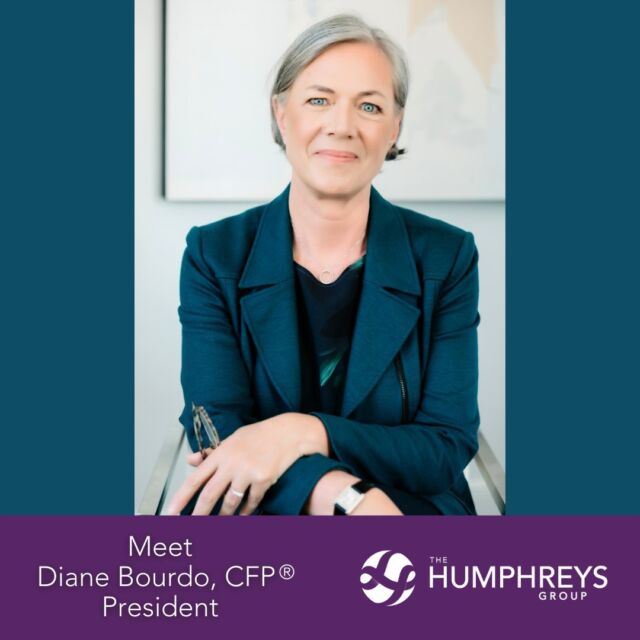Talking to your adult children about financial stability can feel like stepping onto a tightrope—it requires finding the balance between offering guidance and respecting their independence. Financial discussions can be sensitive, touching on values, choices, and life goals, and it’s easy for well-meaning advice to come off as overbearing or critical. Navigating this tightrope means sharing your experience without dictating their decisions—creating a space where they feel supported, not judged. It’s not about delivering a lecture, but about opening a dialogue. So, where do you start? Here are some key financial topics worth discussing with your adult children, helping them understand the value of early action and long-term planning.
The Magic of Starting Early
Let’s start with the stock market. In their 20s, your children might not be thinking about retirement or long-term financial planning. After all, they’re busy figuring out their careers, maybe saving for a first home or thinking about travel. But here’s the truth that no one really emphasizes: their 20s are the perfect time to invest. Whether in a taxable account or a retirement account, starting early allows compound interest to work its magic. And magic, in this case, is measured in years.
Consider this: if your child starts contributing $100 a month at age 25 and keeps it up for 40 years, assuming a 7% return, they’ll end up with around $241,000 at age 65. But if they wait until they’re 35 to start, they’ll only have $114,000 by retirement. A ten-year delay slashes their savings by more than half. This is not a scare tactic; it’s reality. The longer they wait, the less room their money has to grow.
Show them the numbers. Let them play around with compound interest calculators (the SEC has a great one) so they can see the impact of time on their investments. It’s a lesson in patience, but more than that, it’s a lesson in getting started.
Avoiding the Investment Trap
It’s easy for young people to get overwhelmed by the sheer amount of financial advice coming at them. Mutual funds? Individual stocks? Retirement accounts? The jargon alone is enough to send them running. But here’s where you can offer some clarity.
First and foremost, those in their 20s should invest in mutual funds, not individual stocks. The days of stock-picking as a way to build wealth are largely behind us. Mutual funds offer diversification and professional management—two elements essential for those just starting out. Diversifying, in itself, is the key. Help your children understand that spreading their investments across US equities, international equities, large-cap, small-cap, real estate, and fixed income will help mitigate risk and provide exposure to different markets.
Don’t let them overthink it. The most important step is simply starting. How they invest matters less than when they invest. Encourage them to set up automatic contributions—small, consistent amounts that go into their accounts without requiring daily attention. Over time, these contributions will even out the highs and lows of market volatility, offering a smoother ride towards financial stability.
And, if they’re lucky enough to have a retirement plan through their employer, remind them to take full advantage of any employer match. Skipping out on that is like leaving free money on the table.
The Bigger Picture
At the end of the day, the conversation about financial stability isn’t just about the technicalities of investing. It’s about helping your children understand the bigger picture: the freedom that comes with financial independence, the choices that are made easier when they’ve built a safety net. In their 20s, life may seem simple—no kids to support, no mortgage, no looming healthcare costs—but life has a way of piling on responsibilities fast.
As they move into their 30s and 40s, priorities shift. Suddenly, there’s childcare, saving for college, supporting aging parents. The last thing they’ll want is to start thinking about retirement when they’re juggling so many other financial obligations. Getting ahead now means creating space to breathe later.
Final Thoughts
One more thing: remember that these are not one-time conversations. Financial stability is a journey, not a destination. Keep the lines of communication open, and let them know you’re there for advice if and when they need it. They might roll their eyes now, but years down the road, they’ll be grateful you took the time to talk.
If you or your adult children would like to learn more about building a solid financial future, our team is here to help. Reach out to The Humphreys Group today.
























